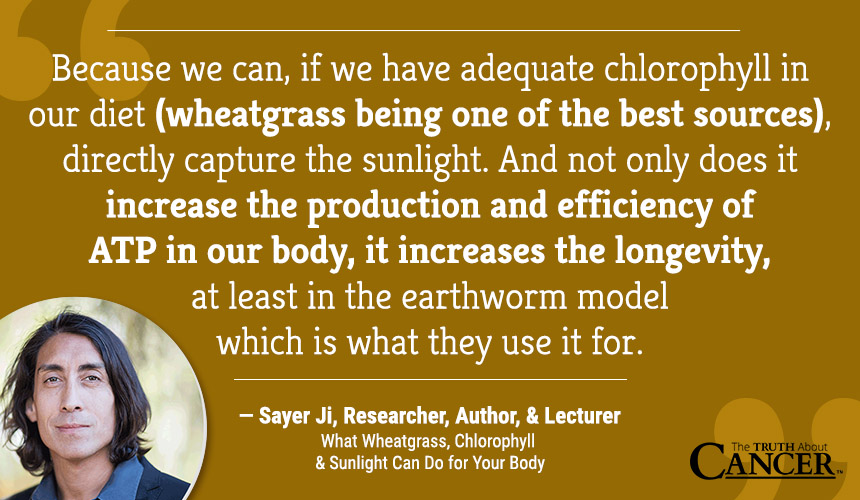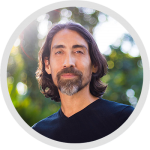Video Transcript: What Wheatgrass, Chlorophyll & Sunlight Can Do for Your Body
Ty Bollinger: We probably got a couple dozen herbs within a stone’s throw of us right here that will treat cancer, don’t we?
Sayer Ji: Absolutely. In fact, that knowledge has been passed down since the origin of life, you know, of our species. We’re just now re-capturing it. People should know though the science is now coming back and confirming that the old wisdom is absolutely scientifically validated.
Ty Bollinger: Last question, Sayer. Talk about wheatgrass.
Sayer Ji: Oh, wheatgrass.
Ty Bollinger: Wheatgrass, with all of this green around here.
Sayer Ji: Oh, I love it. Because for me wheatgrass was always a double-edged sword. Because it’s from wheat, and yes, gluten-reduced. I used to actually go get it, use it, work with people that would take it. Some would get sick, some wouldn’t. Some would feel great healing effects.
Then you’d see research on how, for example, on the old dog model, it will completely reverse cataracts in some cases. Just giving wheatgrass powder.
So when I started looking at the research I’m like there’s more to this. It turns out chlorophyll is an alternative source of energy for the human body. And actually all animals have this ability.
Because it goes into the mitochondria as a metabolite. It enables the mitochondria to capture sunlight energy, which photo-energizes the Krebs cycle in such a way that it produces significantly more ATP – which is sort of the energy currency of the body – without increasing oxidative stress.
This is a new study that came out last year which completely undermines our classical understanding of our bodies as only being able to eat other things to live. Basically we can, if we have adequate chlorophyll in our diet – wheatgrass being one of the best sources – directly capture the sunlight. And not only it does increase the production and efficiency of ATP in our body, it increases the longevity, at least in the earthworm model which is what they use it for.
We will see animal studies and probably human studies soon. Because basically this reclassifies us from heterotrophs which depend on other things, to photo-heterotrophs, which means we can actually take sunlight directly into our body.
Keep in mind it doesn’t just mean the wavelengths, that are like you know, obviously the sunlight we see. Red, for example, is a wavelength that goes deep into our tissue as well. It can even penetrate the skull and go into our brain and energize our brain.
So this research kind of reveals how—because cancer loves glucose, right? It loves to ferment it, produces all these biomass. The ATP-based model of energy is more about bio-mass and less about how we can actually capture energy to fuel our body.



















Leave a Reply